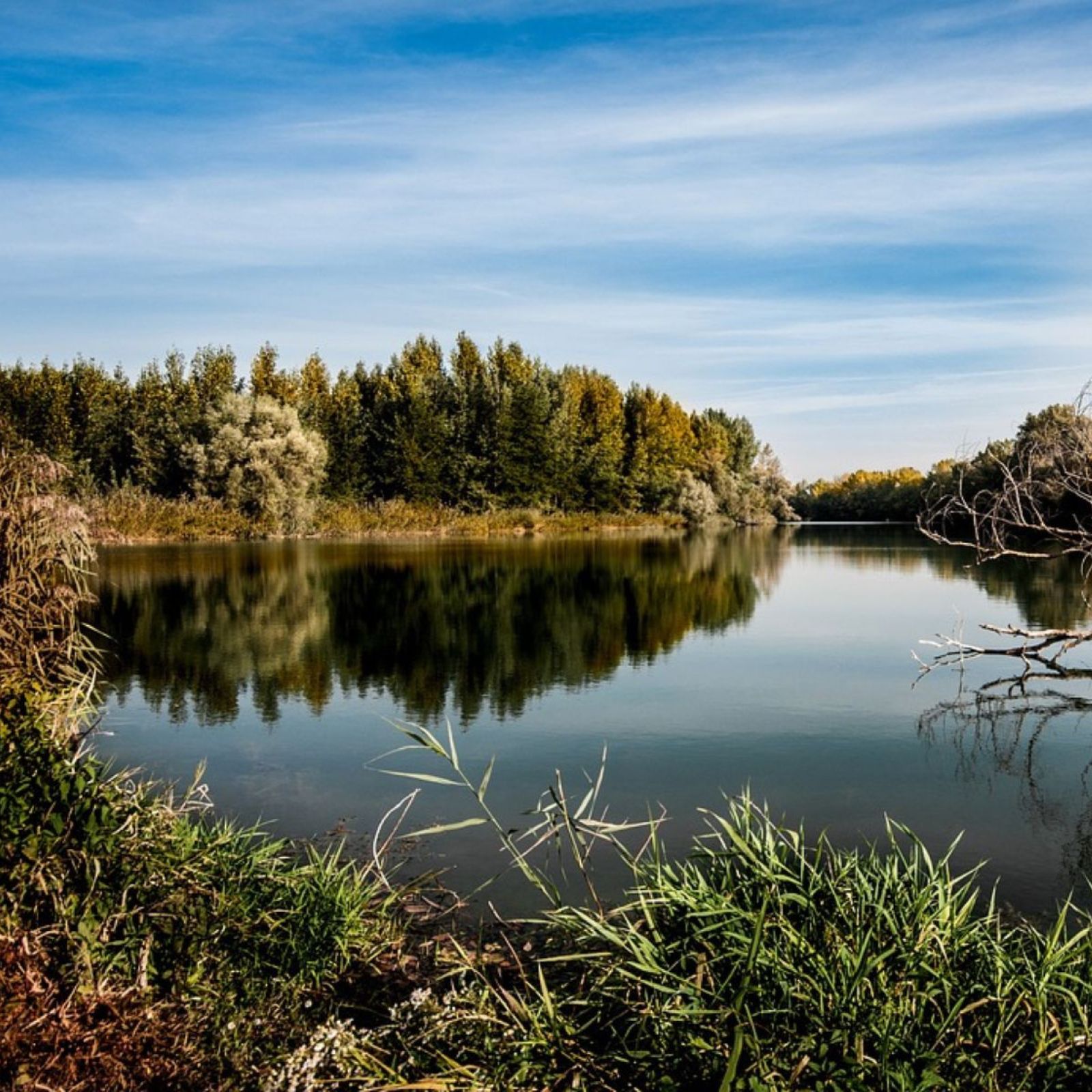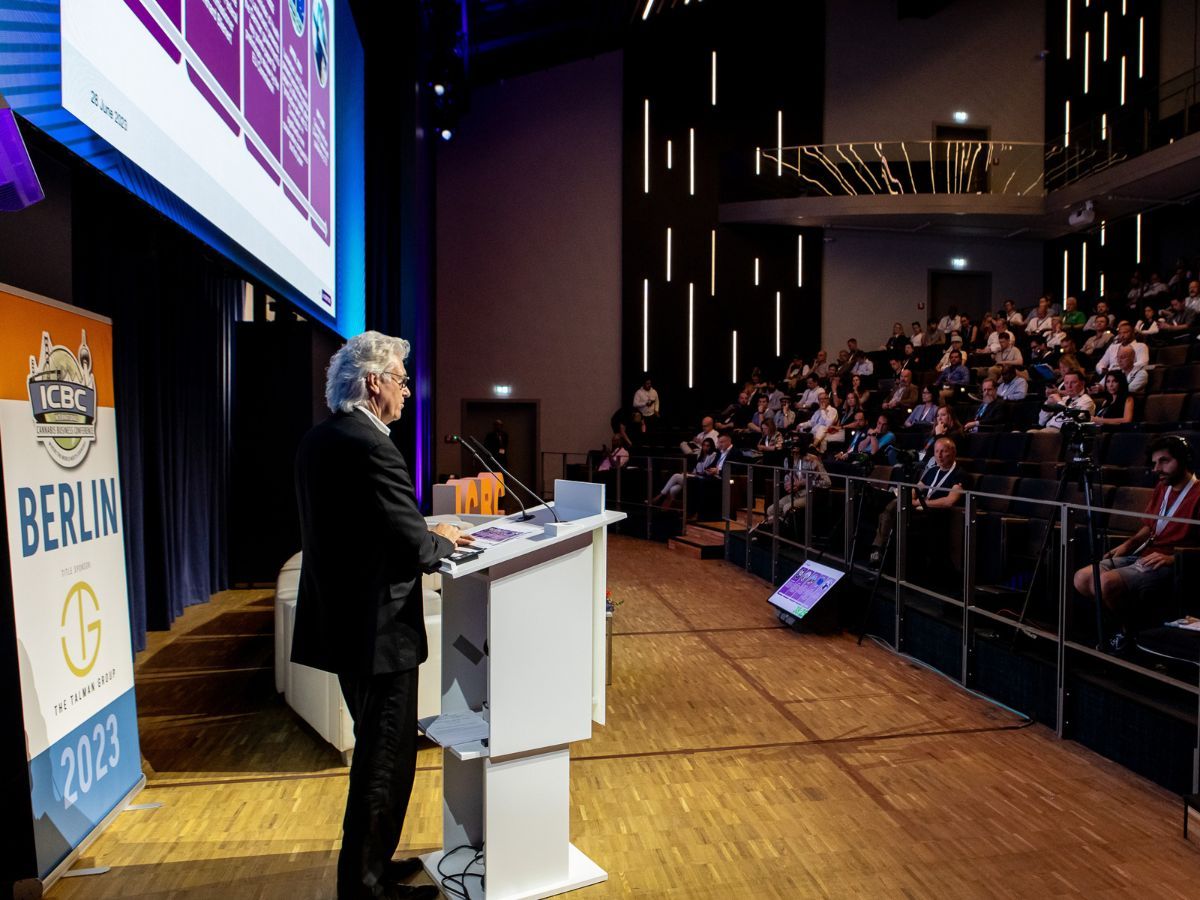
Hemp Geotextiles Hold “Promising Properties” For Stabilizing River Banks

Hemp Geotextiles Hold “Promising Properties” For Stabilizing River Banks
In Germany, Fachagentur Nachwachsende Rohstoffe e.V. (FNR) serves as the central coordinating institution for research, development, and demonstration projects in the field of renewable resources. FNR was originally established in 1993 and is a non-profit organization funded by Germany’s Federal Ministry of Food and Agriculture (BMEL).
An example of recent projects led by FNR includes the Bioshoreline I and II projects, which involve using “new geotextiles made from local, renewable raw materials that can stabilize newly planted banks in their early years.”
Riverbank erosion is a major issue in many parts of the world, and occurs when the natural soil and vegetation holding a river bank in place are weakened or removed. Riverbank erosion can increase the flood risk in the area where the river is located and destroy vital habitats and ecosystems. Stabilizing river banks is an area of research that is increasing in popularity as a result.
The Bioshoreline I and II projects ran in Germany from 2016 to 2024 and involved coconut mats, sheep’s wool, and plastic nonwovens made of polypropylene and polyethylene terephthalate. The researcher determined that “coconut and wool fibers degrade too quickly when used in wet conditions, while plastic nonwovens are not biodegradable at all.”
“Evaluations of the first years of the field trial showed that, as desired, significant degradation did not occur until the third year, but then somewhat too quickly. In addition, root penetration appeared to be in need of improvement in the early years.” reported FNR (translated from German to English).
“Subsequently, the Bioshoreline team produced optimized geotextiles based on 50 percent hemp and flax and 50 percent PLA fibers. These new prototypes have been undergoing practical testing on the banks of the Rhine since 2023. Initial studies indicate promising properties.” FNR also stated. While the initial results from the hemp-based geotextiles are encouraging, further evaluation will need to be conducted.
Separately, a team of researchers based in China recently examined how incorporating a silicone-containing, water-based polyurethane coating impacts hemp fabric and paper’s level of water resistance and their mechanical stability.
“Hemp fabric and cellulose paper are sustainable materials with high application potential – but their limited water resistance and mechanical resilience hinder their wider industrial use.” reported European Coatings in its original coverage of the research. “A research team from China has now developed a functionalised coating that addresses these weaknesses: A water-based polyurethane acrylate coating with silicone components (WPUASi) increases both the hydrophobicity and the strength of the substrates.”
“The emulsion, which is based on an interpenetrating polymer network (IPN), was applied to hemp textiles and filter paper. The water contact angle (WCA) increased from 0° to 127.5° for hemp and to 113.2° for paper. The mechanical characteristics also improved significantly: the tensile strength of the hemp fabric increased by 19 % and the folding strength of the filter paper increased 23-fold.” European Coatings also wrote.
The researchers also applied the protective layer to other materials, including cotton and wood, and it yielded similar results. For hemp specifically, the emulsion seemed to properly adhere, as proven by the treated hemp material retaining ‘most of its hydrophobic and mechanical properties’ after ‘several washing cycles.’
Advances in hemp research increase the potential for the global hemp market. During a recent presentation at the International Cannabis Business Conference in Berlin, leading international cannabis industry economist Beau Whitney, founder of Whitney Economics, provided data demonstrating that the value of the global industrial hemp industry could be as much as $456.2 billion.
Share article
Ticket Prices increase
JANUARY 28

Ticket Prices increase
JANUARY 28

Join Our Awesome Community
Join Our Awesome Community
Join Our Awesome
Community
Get all the latest industry news
delivered to your inbox







